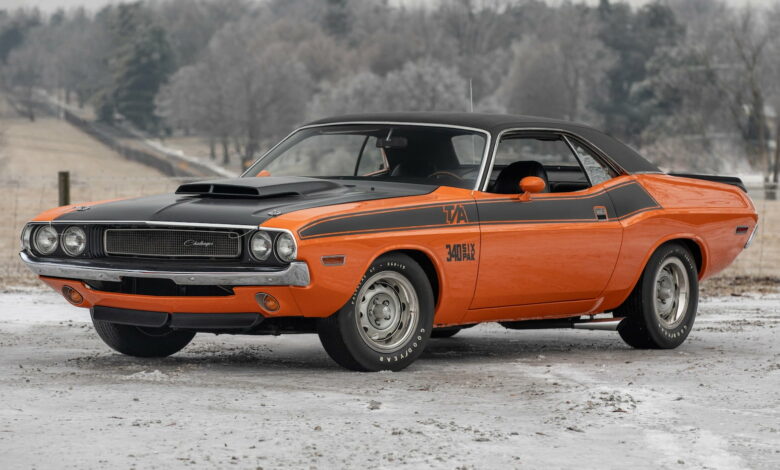
After being left out of the “pony car” war throughout the late-1960s, the Dodge brand unveiled its all-new 1970 Dodge Challenger in late 1969. The car was a massive hit, despite being more of a premium offering compared to its mainstream Plymouth Barracuda sibling. While the Barracuda was more aimed at the likes of the Ford Mustang and Chevrolet Camaro, the Challenger was considered a direct competitor of the Mercury Cougar and Pontiac Firebird.
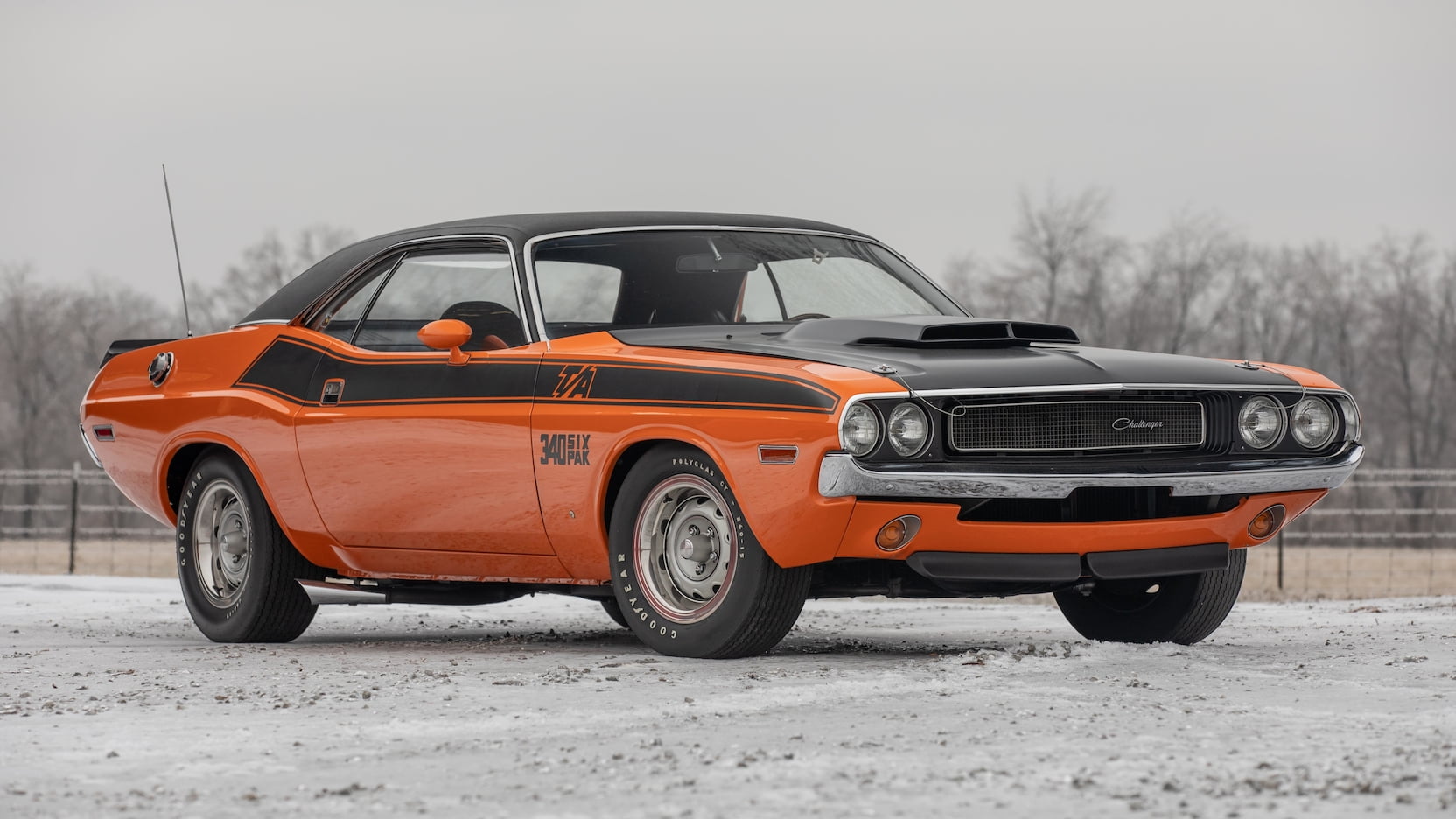
It wouldn’t stop Dodge from trying to market the Challenger with factory-backed support in the fastly-growing Sports Car Club of America (SCCA) Trans-Am racing series. Almost every manufacturer in the pony car segment was entered into the series, with some of the best drivers in all of motorsports being behind the wheel of most factory programs. In order to compete, Dodge would have to build a certain number of production cars for consumers with the special equipment it intended to race with in the series for homologation.
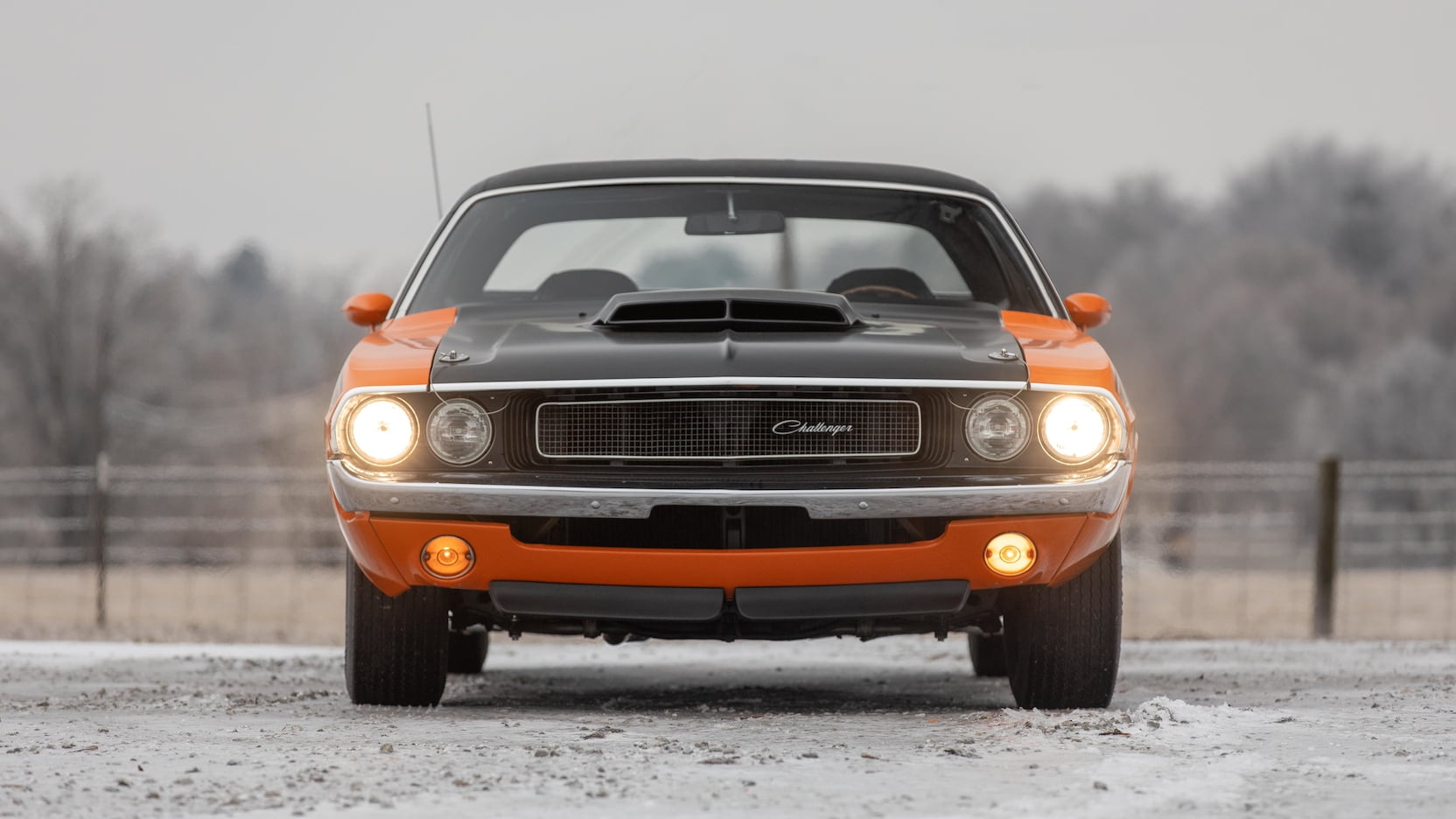
In March of 1970, Dodge unveiled its new Challenger T/A (T/A standing for Trans-Am, as Pontiac had already taken the name for its Firebird model), which allowed the brand to compete in the series. Unlike most Challenger models equipped with the legendary 426 HEMI or the popular 440 SIX PACK which were built for straight-line performance, the T/A focused on handling.
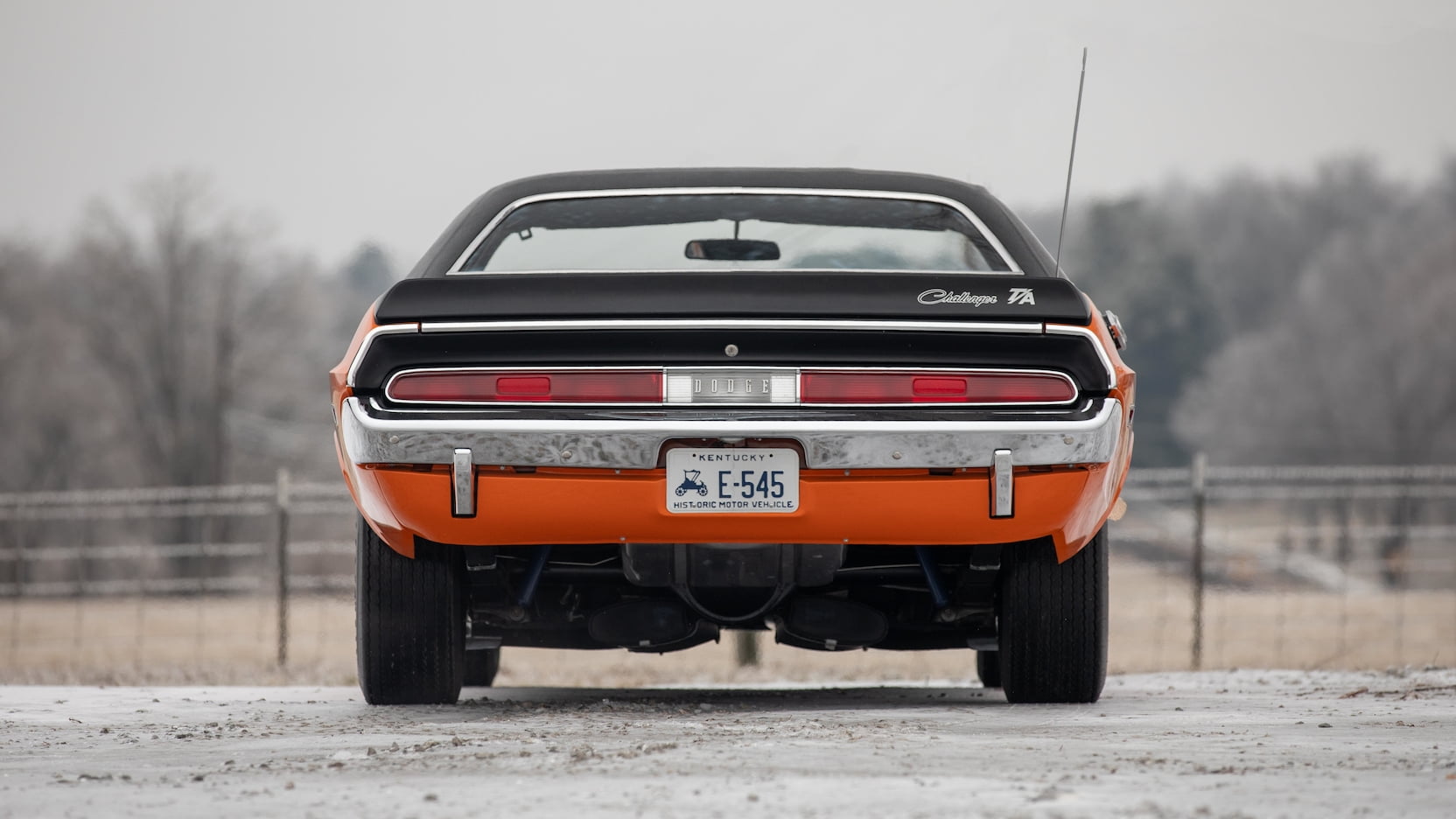
The Challenger T/A featured a functional fiberglass hood with hood pins, “ducktail” rear spoiler, trumpet-style side exiting exhaust, staggered bias-ply Goodyear Polygas GT tires with raised white lettering (it was the first American car to featured staggered tires), 15-inch Rallye wheels, distinctive graphics, and an Organsol Black-painted hood. The Challenger T/A also featured different fenders lips than the standard Challenger. The lip at the top of the wheel well was rolled in on the T/A model. All Challenger T/A would also feature their radio antennas mounted on the rear passenger-side quarter panel (the last Chrysler product to do so). These features made the Challenger T/A look like nothing else on the road.
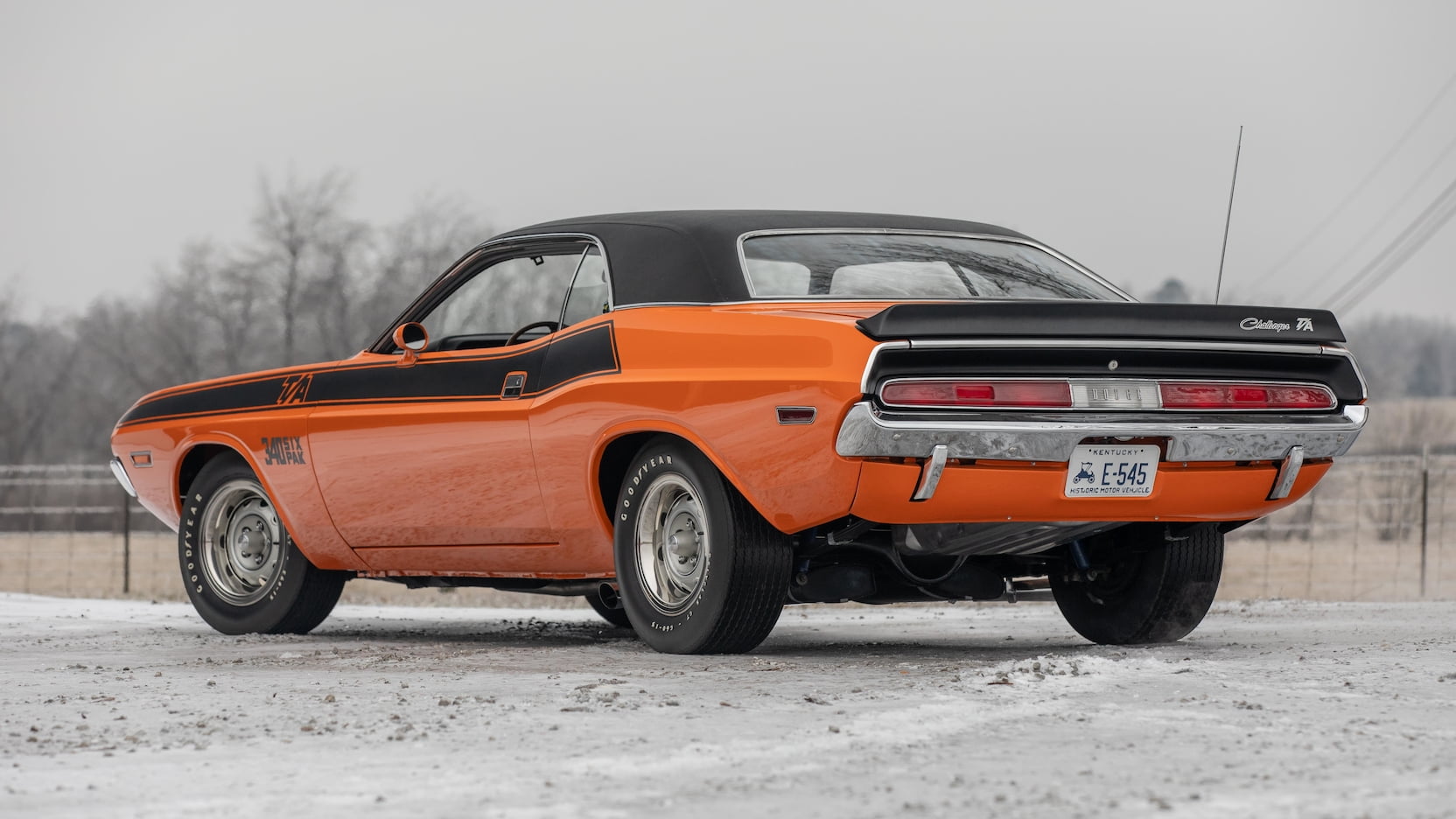
Under the hood was a small-block 340 cubic-inch V8 producing a conservatively rated 290 horsepower. The 340 featured an Edelbrock aluminum six-pack intake manifold painted bright orange to match the engine color. It also featured Holley 2300 series carburetors which were used with vacuum-operated secondaries. The center carburetor was the only carburetor with a metering block and accelerator pump while the two outboard carburetors were used for idling and opened when they were called for. A large air cleaner that sealed to the hood rested over the top of all three carburetors, thus explaining the 340 SIX PACK name for the engine.

The Challenger T/A could be ordered in a number of ways from the factory. Starting with transmission choices, one could either choose a close-ratio 4-speed manual with Hurst pistol grip shifter or go for the optional 3-speed 727 TorqueFlite automatic transmission with either a floor or column-mounted shifter. For the rear axle an 8 3/4-inch Sure-Grip limited-slip differential with either a 3.55:1 ratio or an optional 3.91:1 ratio.
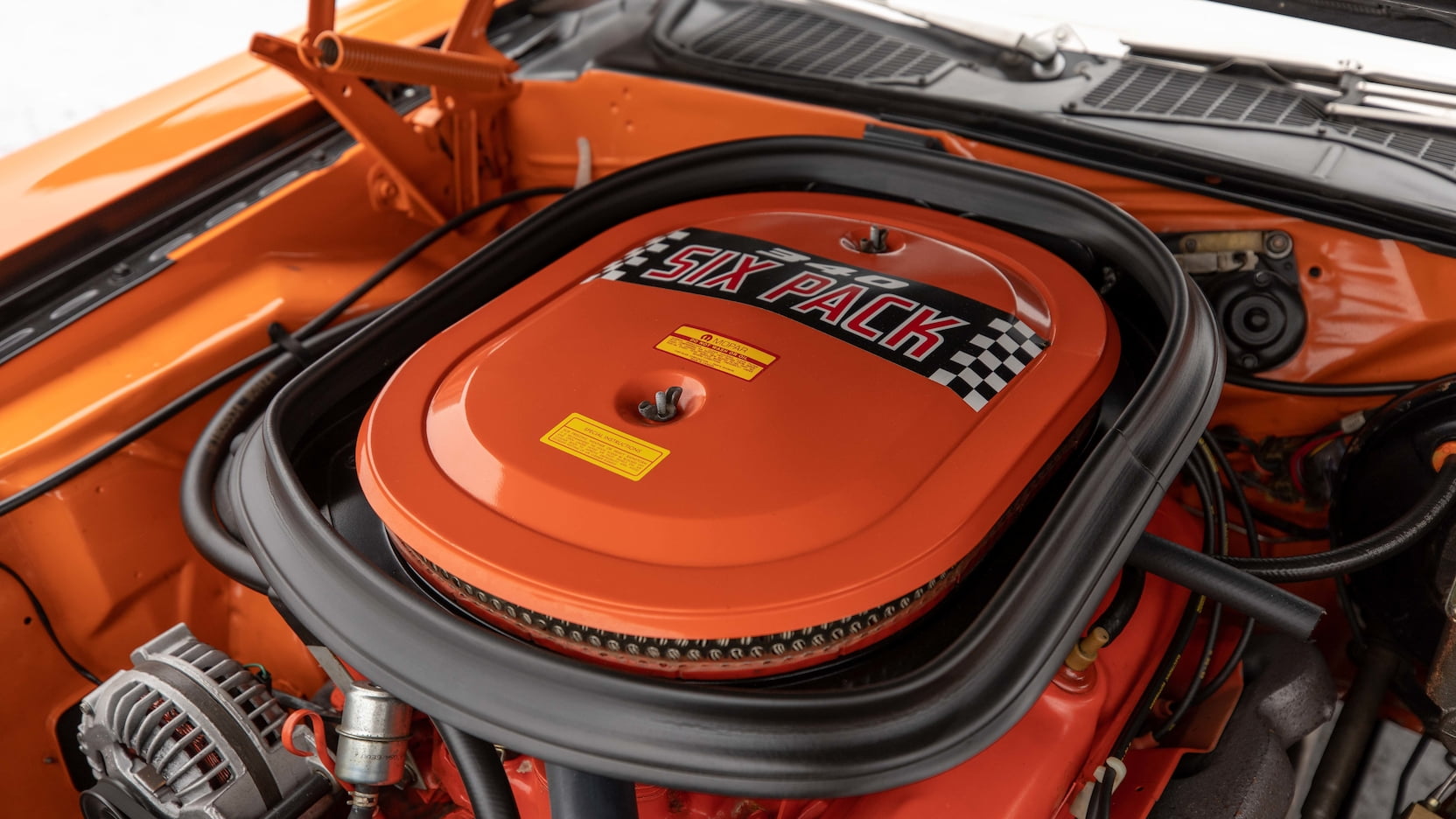
While the Challenger T/A was built for handling, it didn’t mean it wasn’t fast in a straight-line either. Car and Driver drove the car in July 1970 and recorded a 14.3-second quarter-mile time @ 99.5 mph, a 0 to 60 mph in 5.8 seconds, a 0 to 100 mph pass in 14.4 seconds, a top speed of 128 mph, and a dismal 80 mph to 0 mph braking test that took 220 feet thanks to the 11-inch power disc in the front with semi-metallic linings and 11-inch drums in the rear. Overall, not a bad performance from a car weighing in at 3,585 lbs. and a “so-called” 290 horsepower.
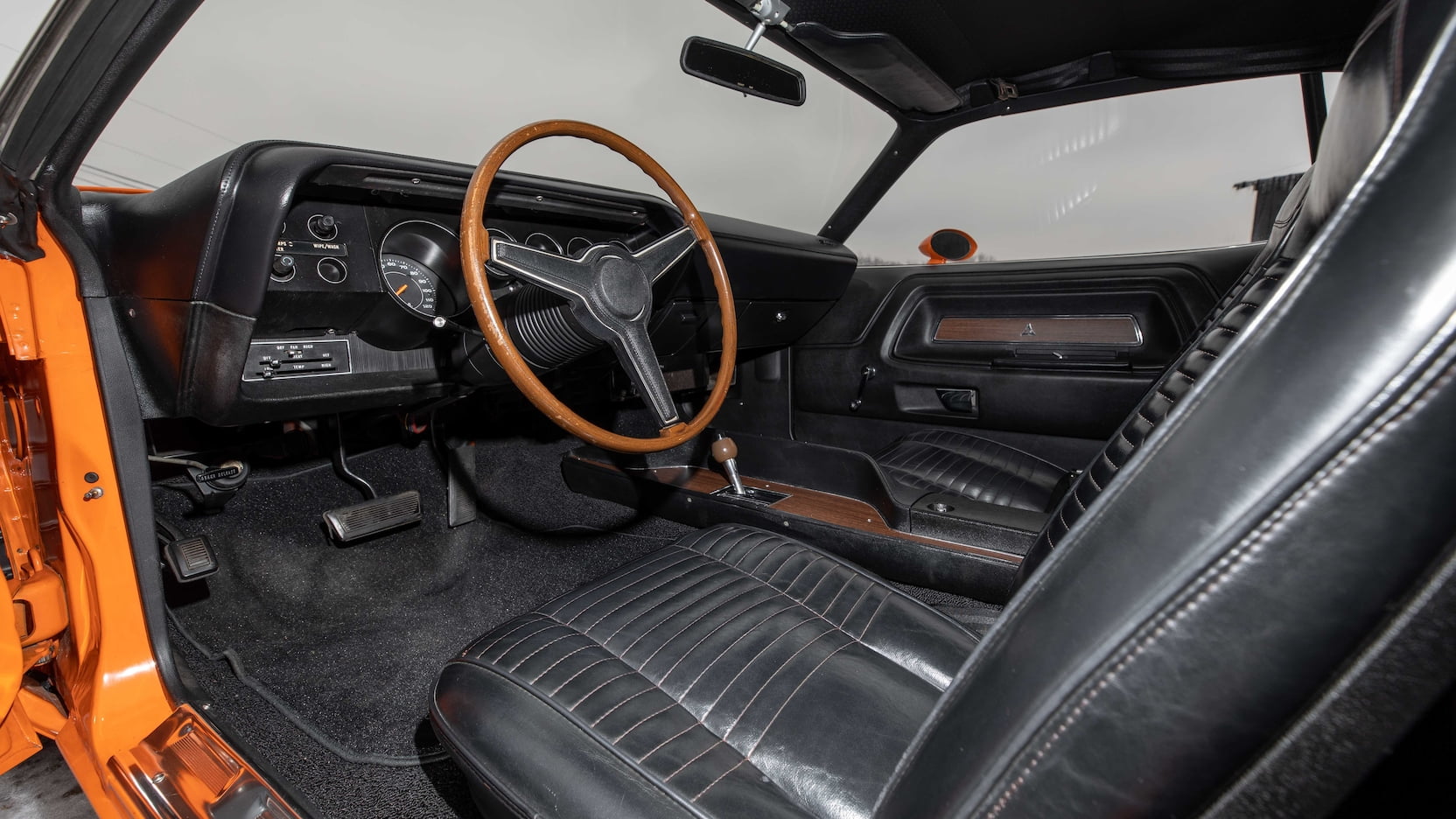
When it came to interior options, the Challenger T/A cloned the popular Challenger R/T. There were several interior colors, such as Black, White, Green, Blue, Burnt Orange, and Red available. You could even choose houndstooth seats if you wanted. All of the R/T’s radio options and light packages were also available. Customers could opt for the optional Rallye dash, to give the car a more performance-oriented touch.
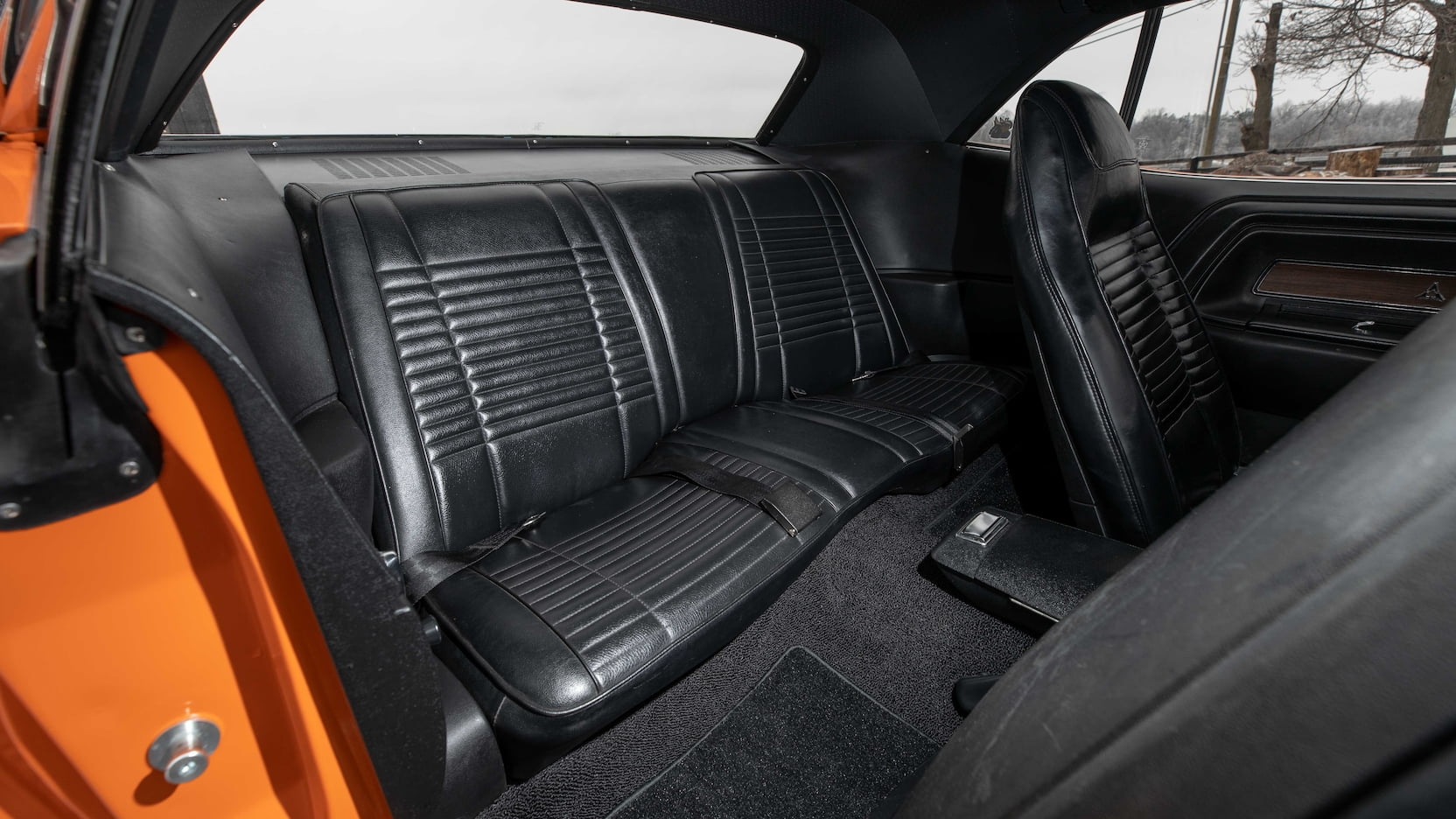
As for exterior colors, the Challenger T/A followed again in the footsteps of the R/T model offering the same color palette. This means the Challenger T/A could be ordered in colors like Beige, Cream, Light Blue Metallic, Bright Blue Metallic, Dark Green Metallic, Light Green Metallic, Go ManGo, HEMI Orange, White, Plum Crazy, Bright Red, Dark Burnt Orange Metallic, Panther Pink, Dark Tan Metallic, Banana, Gold Metallic, and Black.
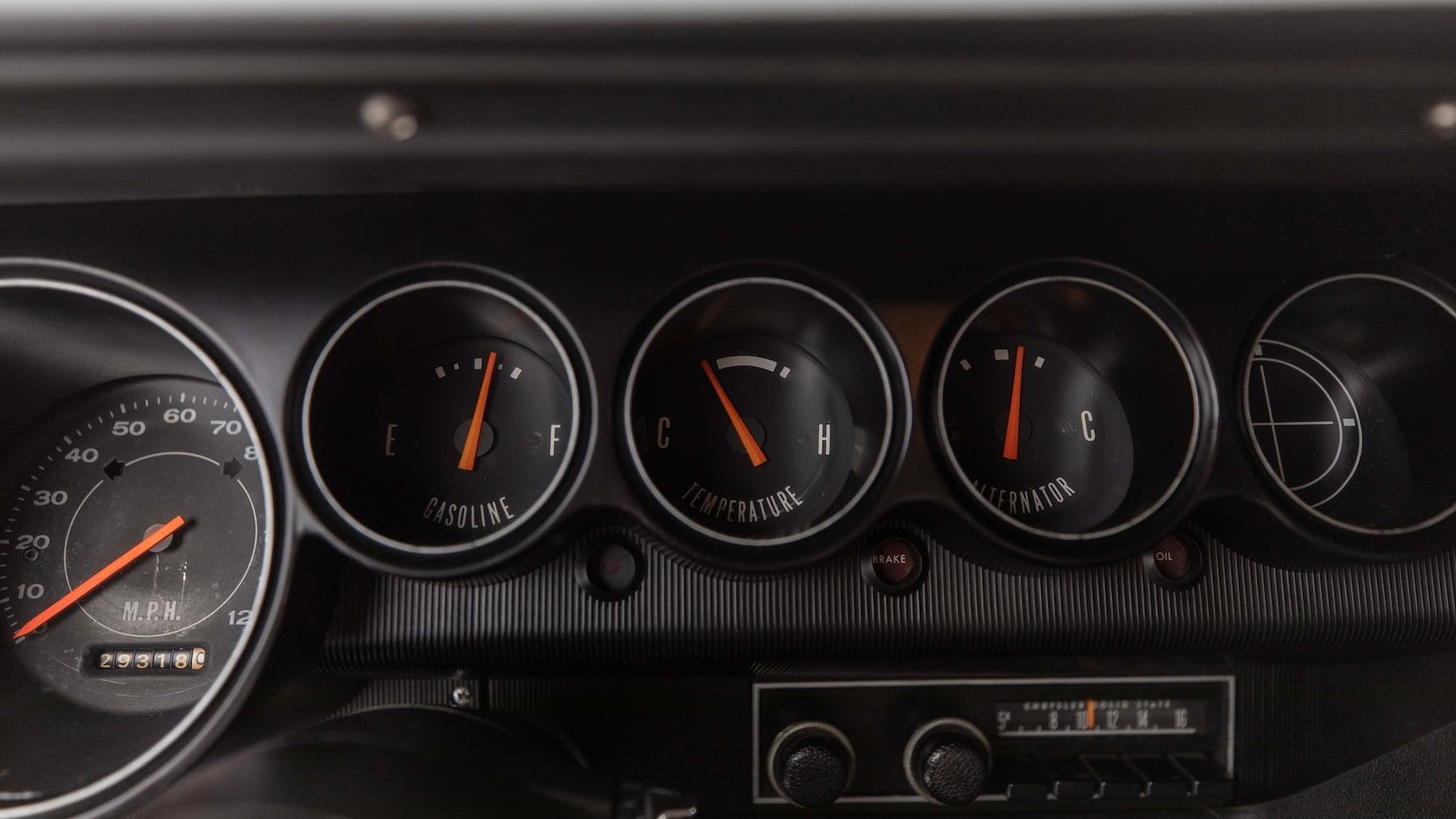
Only 2,399 Challenger T/As were built during the limited one-year production run. Dodge had shown a promo with a Challenger T/A with a 1971 front grille, however, Dodge backed out of the series a year later just as muscle car sales were starting to diminish with higher insurance premiums taking effect. So as time goes on, the number of Challenger T/As left in existence continues to shrink. In recent years, a number of well-done clone cars have hit the market, leaving many buyers for the original cars looking for well-maintained original examples. One of which, appears to be going across the auction block tomorrow!
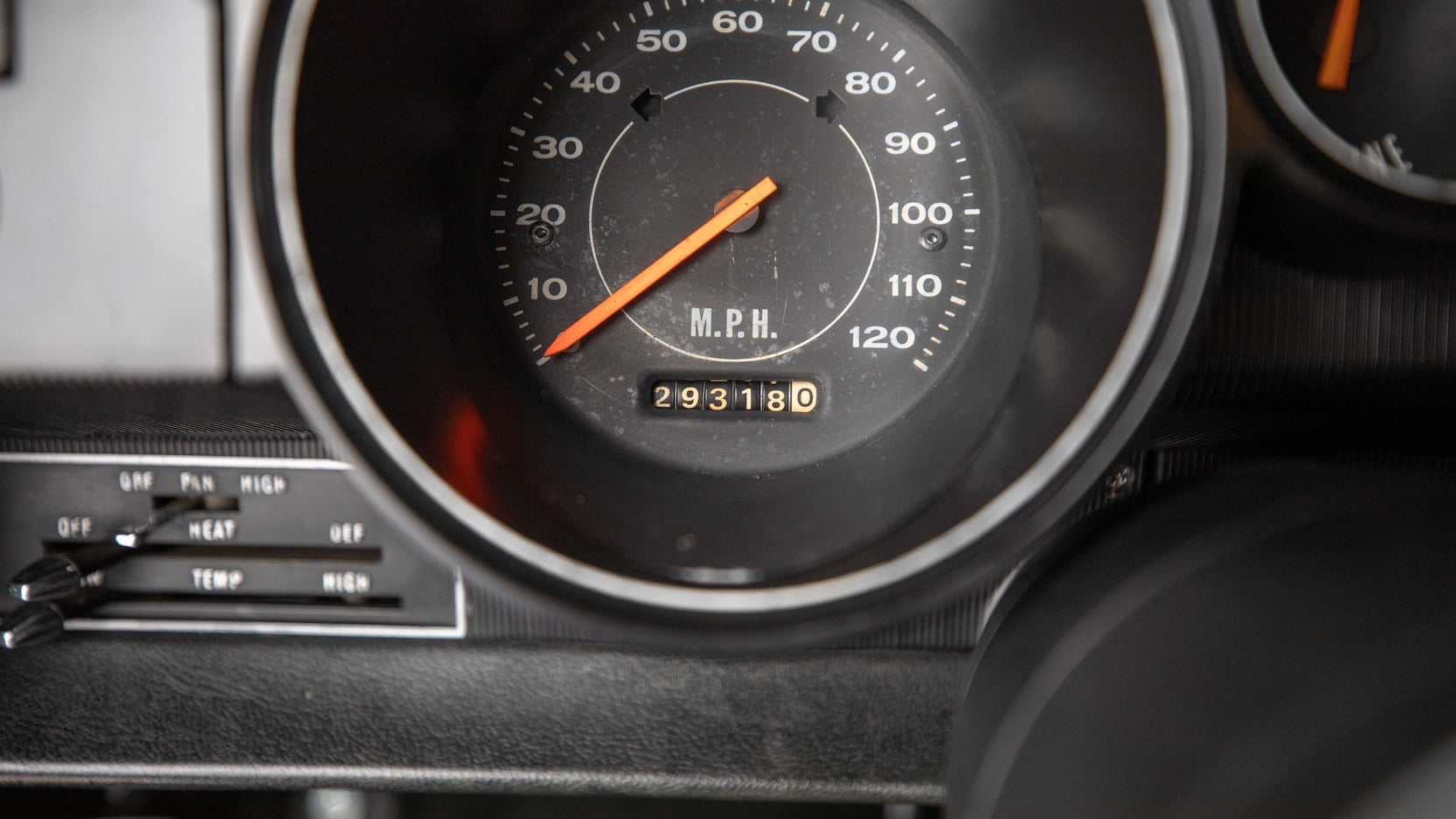
The 340 SIX PACK under the hood of this freshly restored Challenger T/A is not only number’s matching but has fewer than 30,000 original miles. Of the three different shifting options we discussed above, this one features the floor-mounted TorqueFlite automatic shifter. This particular model also features the popular Go ManGo exterior paint color with an all-black interior.

Mecum is expecting that this 1970 Dodge Challenger T/A will take in $70,000 to $80,000 USD when it crosses the block tomorrow. For information and more details on the car or bid on the car tomorrow, you can visit Mecum.com for more details.
1970 Dodge Challenger T/A in Go ManGo Image Gallery:

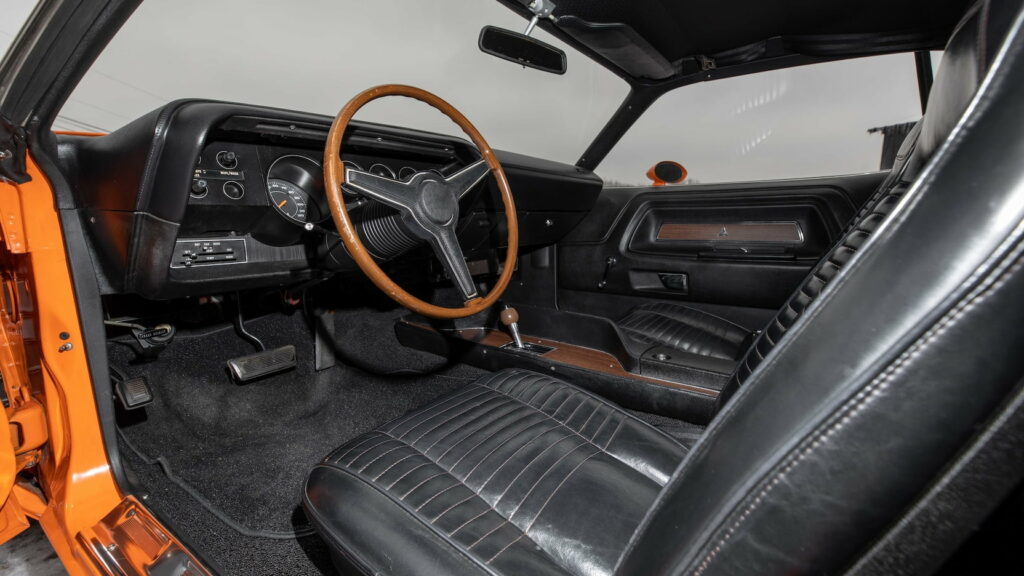


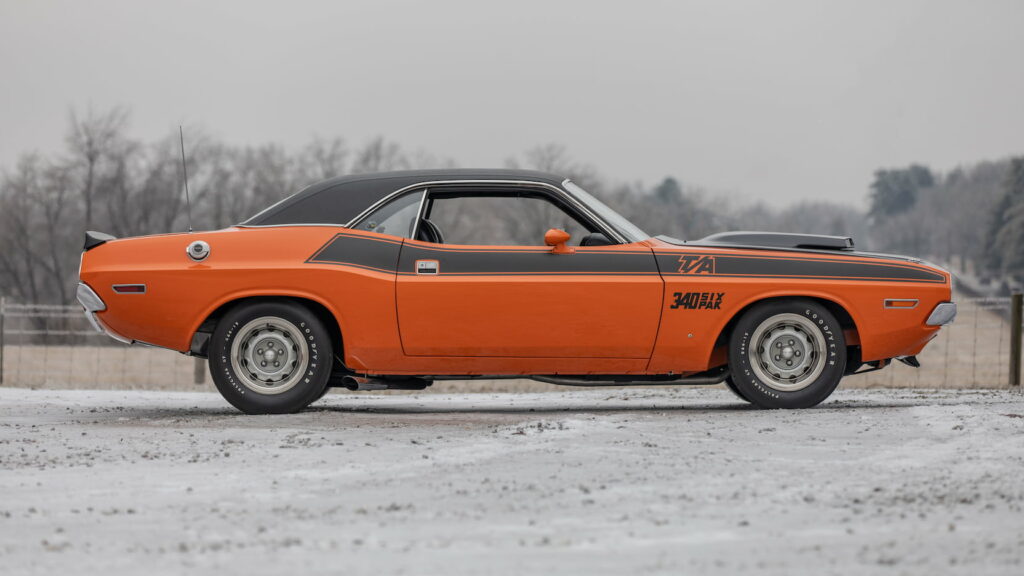
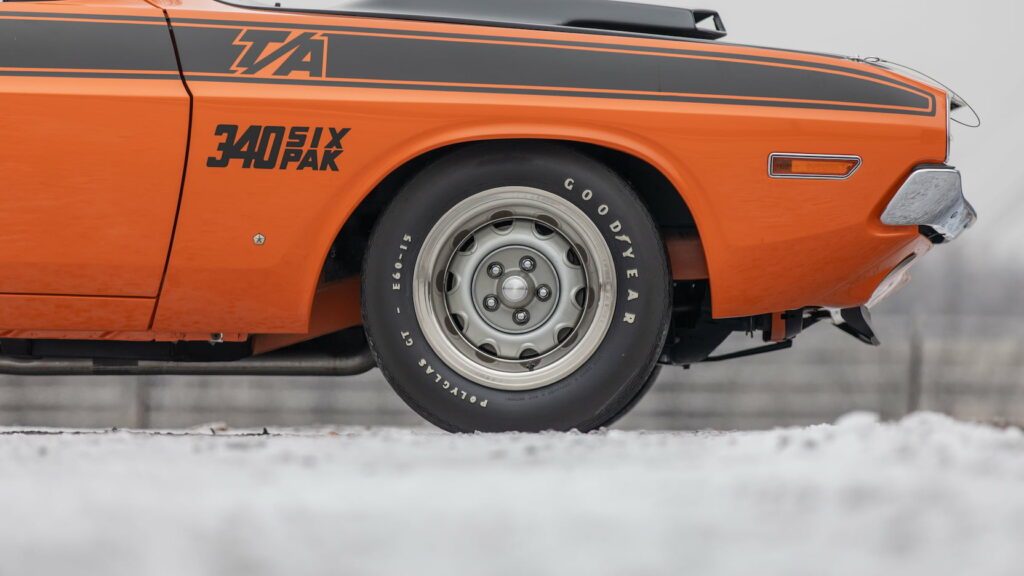



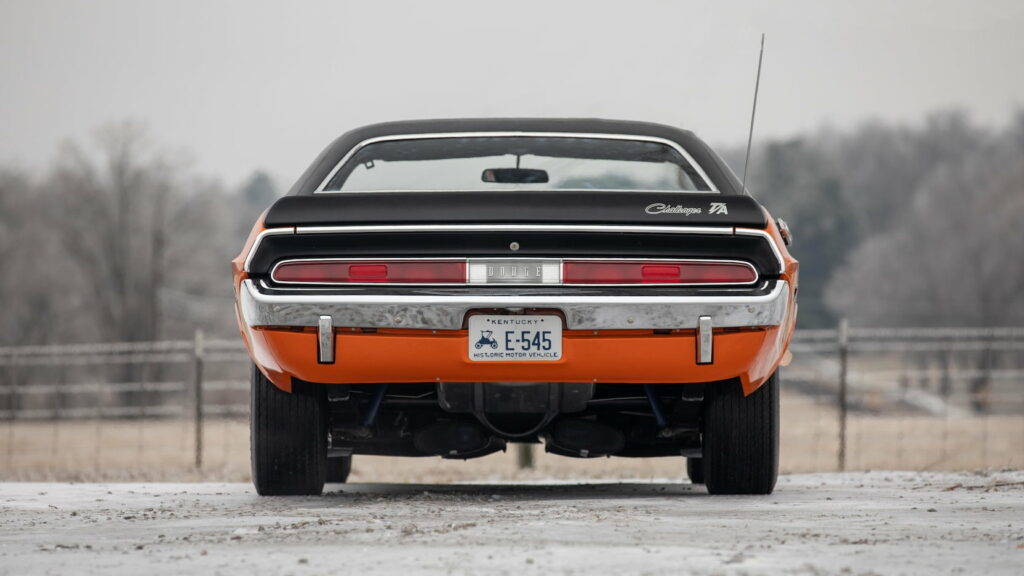
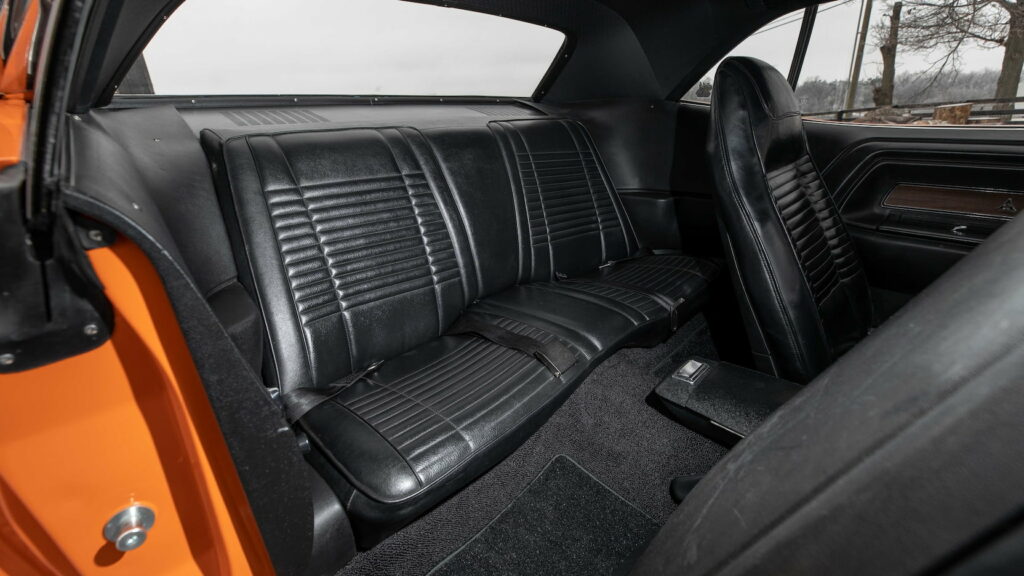


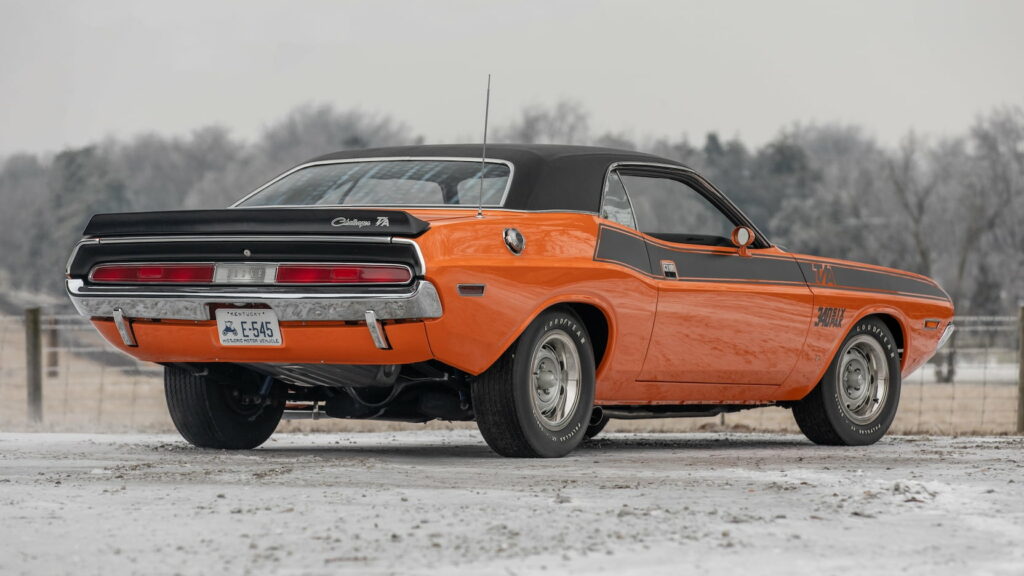
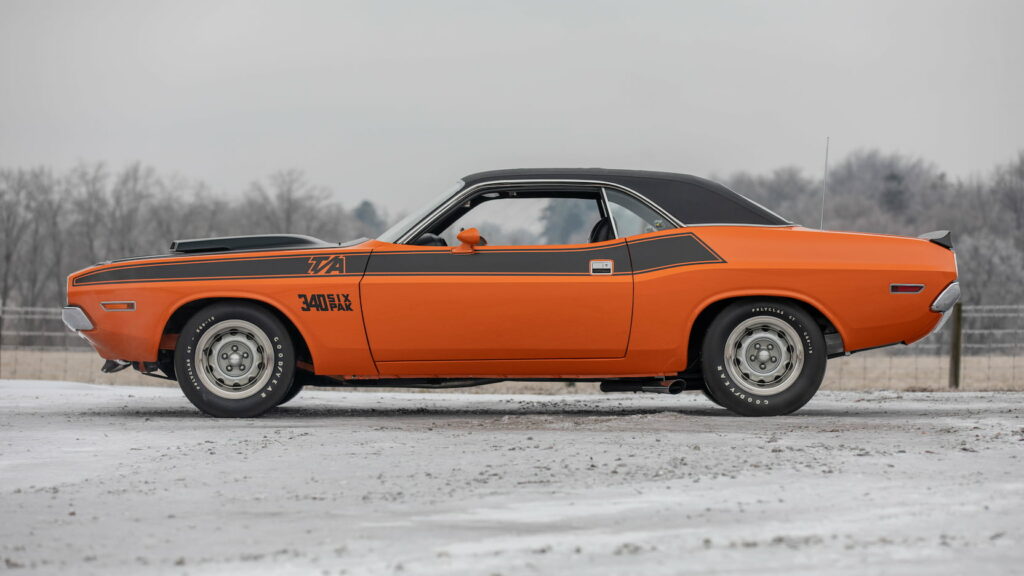
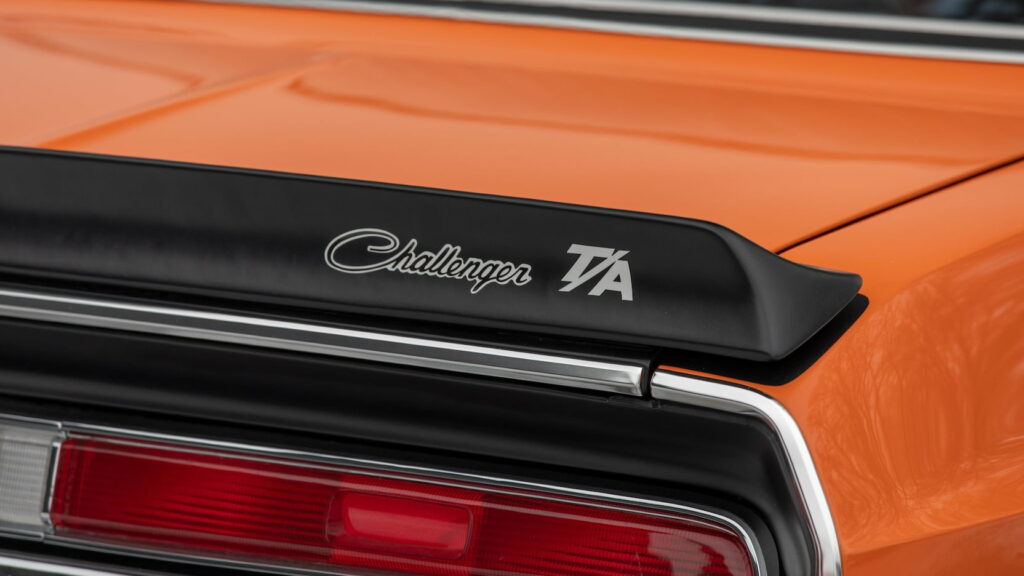
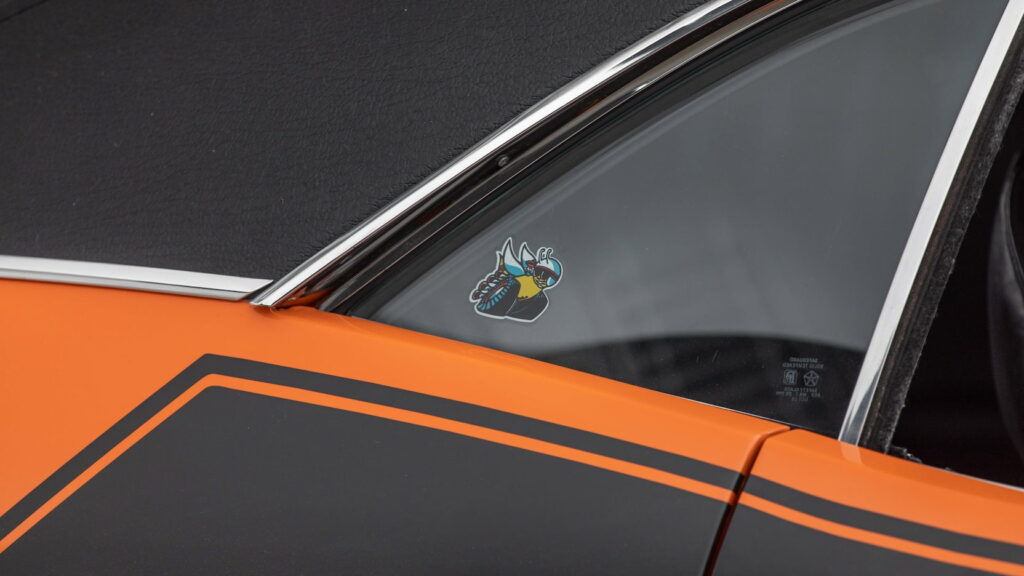

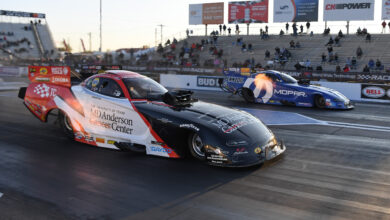
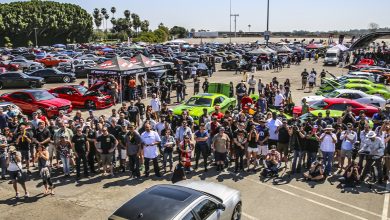
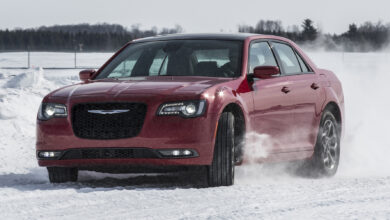
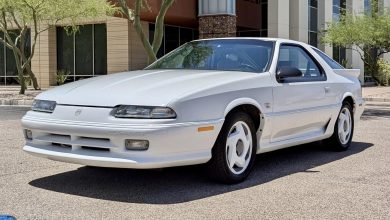
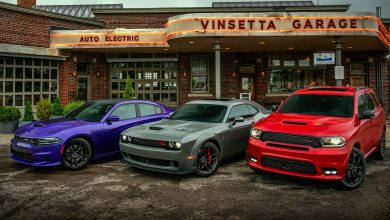
No replies yet
Loading new replies...
Join the full discussion at the Mopar Insiders Forum →